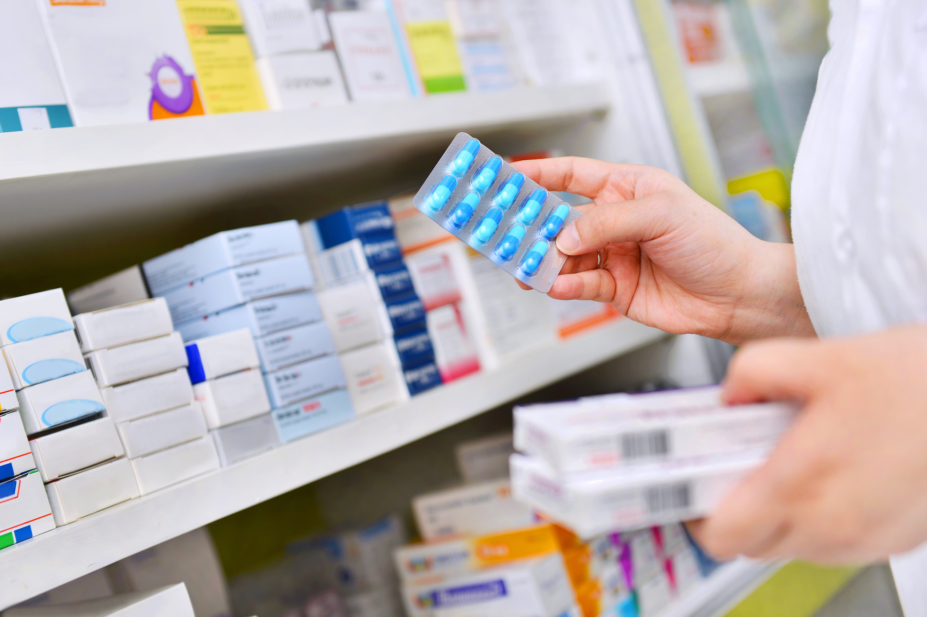
Shutterstock.com
Global antibiotic use in humans increased by 65% from 21.1 billion defined daily doses (DDD) in 2000 to 34.8 billion DDDs in 2015[1]
.
The rate of antibiotic consumption also increased during this period, from 11.3 DDDs per 1,000 inhabitants per day, to 15.7 DDDs per 1,000 inhabitants per day — an increase of 39%.
The research, led by the Center for Disease Dynamics, Economics and Policy (CDDEP) in Washington DC, analysed the trends and drivers of antibiotic consumption from 2000 to 2015 in 76 countries, and projected total global antibiotic consumption until 2030.
The increase in antibiotic consumption was found to be driven by low- and middle-income countries (LMICs), where consumption increased by 114% between 2000 and 2015, from 11.4 billion to 24.5 billion DDDs, and the antibiotic consumption rate increased by 77% from 7.6 billion to 13.5 billion DDDs per 1,000 inhabitants per day.
Although overall antibiotic consumption in high-income countries increased by 6%, from 9.7 billion to 10.3 billion DDDs, the number of DDDs per 1,000 inhabitants per day fell by 4%, from 26.8 to 25.7 billion DDDs.
In 2015, the leading high-income country consumers of antibiotics were the United States, France and Italy, while the leading LMIC consumers were India, China and Pakistan.
The findings also showed that the use of last-resort antibiotics, such as glycylcyclines, increased across all country income groups between 2000 and 2015.
The researchers estimated that if all countries continue to increase their antibiotic consumption rates at their compounded annual growth rates, and do so with no policy changes, the total consumption would increase by 202% to 128 billion DDDs by 2030, and the antibiotic consumption rate would increase by 161% to 41.1 DDDs per 1,000 inhabitants per day.
Reducing global consumption and increasing global surveillance is therefore critical to reducing the threat of antibiotic resistance, the authors concluded.
“We must act decisively and we must act now, in a comprehensive manner, to preserve antibiotic effectiveness,” said CDDEP director and study co-author, Ramanan Laxminarayan.
“That includes solutions that reduce consumption, such as vaccines or infrastructure improvements, particularly in low-income and middle-income countries.”
References
[1] Klein E, Van Boeckel T, Martinez E, et al. Global increase and geographic convergence in antibiotic consumption between 2000 and 2015. PNAS 2018. doi: 10.1073/pnas.1717295115


